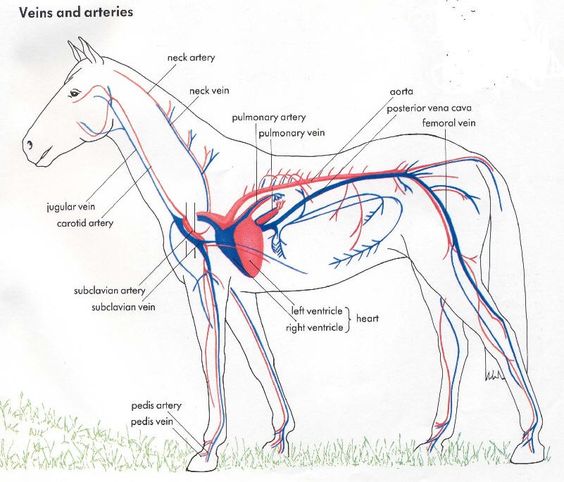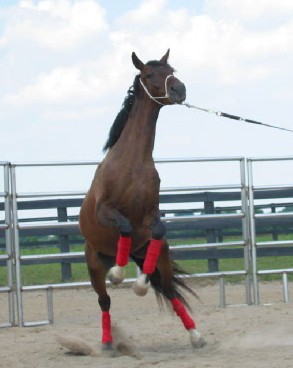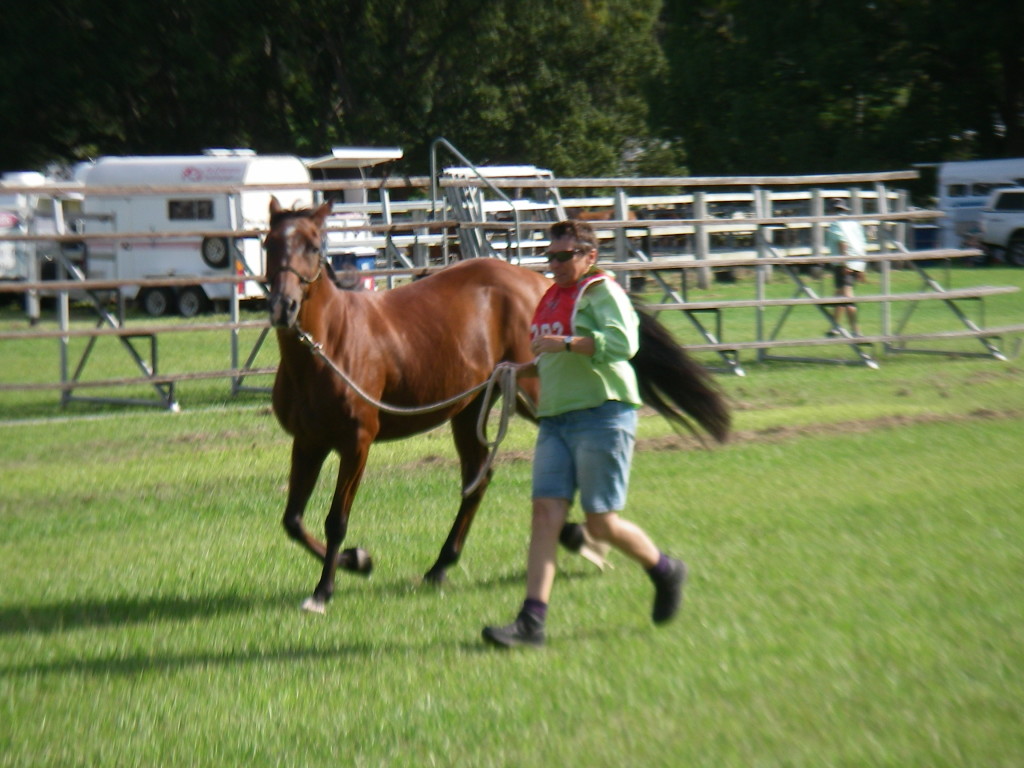Horse Heart Rate and the Success of EMRT
The marvel of a horse’s athletic ability depends on adequate preparation and conditioning of one of the more malleable systems in the horse’s body: the cardiovascular system, which encompasses the heart and blood circulation. In contrast to years of lengthy preparation required by the skeletal system and bone, the cardiovascular system quickly responds and adapts to training. With an intelligent conditioning strategy, the cardiovascular system can be brought to peak within four to six months.

Since the heart is the central organ comprising the cardiovascular system, a horse’s performance depends on his heart being an effective pump to move blood and oxygen to the tissues. This is particularly important for protracted exercise related to sports where a horse is undergoing lengthy aerobic exercise, such as distance riding, eventing, and steeplechase.
A strong heart is also important to propel a horse through intense speed efforts. Features that dictate a horse’s staying power and stamina include:
- The efficiency by which oxygen is delivered to the muscles.
- The effectiveness of heat dissipation from the core of the body.
The horse’s normal resting heart rate is in the range of 38 ± 10 beats per minute (bpm). Maximum heart rates can reach 150bpm in an aerobic exercise, rates in the area of 180 – 200 bpm fall into the category of anaerobic exercise. In sports such as endurance racing the horse’s heart rate recovery following exercise is used as a parameter in assessing the fitness of the horse.
Exercise, stress, fear, pain, and excitement (of the horses as well as the handler) will elevate the horses’ heart rate. Infection will cause an increased rate as will traumatic cuts, kicks, fractures colic and intestinal pain. [1]

During my Bowen Diploma training, I conducted research assessing the reduction of heart rate using two particular Bowen moves on 17 horses. All horses participating in the tests shows immediate signs of processing and relaxation that we like to see, such as deep breathing, heads dropped below their withers, licking and chewing and a general quietening in expression.
Of the seventeen horses tested, ten had a reduction in their heart rate, six remained on their pre- treatment heart rate and one increase. The average reduction was three beats per minute.

Many sports such as endurance racing rely very heavily on the ability of the horse to recover and achieve reduced heart rates in a short period of time. Using key EMRT moves can be very helpful to all competitive equine sports where an alert but less stressed horse is an advantage.
Horses in competition with an elevated heart rate from the stresses of exercise, heat and excitement may deliver a different outcome to the moves I examined with the horses at rest. In the past four years however, I have completed EMRT moves on a number of endurance horses and have achieved consistent reductions of between four and ten beat per minute. It is little wonder, as the specific moves address all systems and cells of the body – musculoskeletal, reproductive, digestive, endocrine, urinary, respiratory and circulatory.
It never ceases to amaze me how beneficial EMRT is for horses and of course how great Bowen is for humans!
[1]http://www.livinglegends.org.au/horse-health/horse-management/know-your-horses-vital-signs; page2
